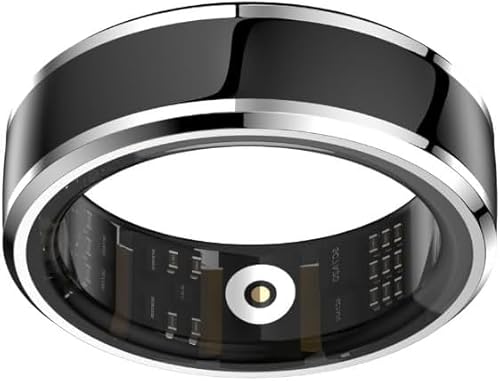Dtread, I'm having trouble reconciling the data in that On-X page you linked -- http://www.onxlti.com/heart-valves/.../clinical-comparison-of-fda-approval-studies/ -- with the charts that pem and I found in the actual FDA Summaries of Safety and Effectiveness (SSEs) for each valve. I posted those charts at http://www.valvereplacement.org/for...On-X-vs-ATS-open-pivot-The-Truth-is-Out-There , and they say what they say -- that the ATS patients came out of their surgery with way better results (e.g., way higher percentages in NYHA Class I) than the On-X patients did.
Do you know the nature of the document that your link points to? I.e., what is it? It doesn't seem to be a study that was published in a real (= peer-reviewed) journal, and I don't even see an author listed, do you? It LOOKS like a published article, but I can't see any other indication that is. Any idea? Is it just On-X's own compilation of data (partly from the FDA documents) that they want us to see?
Anyway, the two charts that I posted in the other thread are "raw", cut and pasted exactly as they appear in the two FDA SSEs. I haven't gone back to those documents to look for the data that On-X reproduced, and I'm certainly puzzled if one group had way fewer complications, but the OTHER group was way more likely to be playing sports without CV symptoms, and more likely to be out of the worst NYHA classifications.
The figures are taken directly from the applicable FDA Approval Documents. For ATS its Table 1 on pages 5 & 6 from their FDA Approval Document. The nature of the On-X Clinical Comparison document is that its a summary showing the exact figures for each manufacturer's valve for when they applied for and gained approval with FDA to market their valve. Its not a Clinical Trial that would be "peer reviewed". The author is On-X Life Technologies, Inc. The figures are right there in black and white in the FDA approval documents. Nothing is fabricated or manipulated. The reason you have difficulty reconciling the figures is that the NYHA classifications are subjective whereas the FDA approval figures are objective and factual.





















